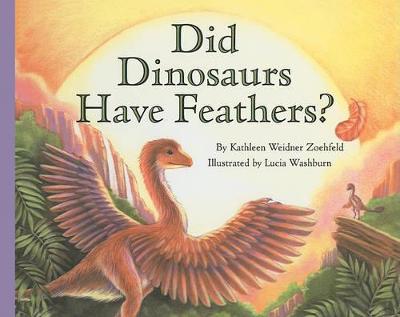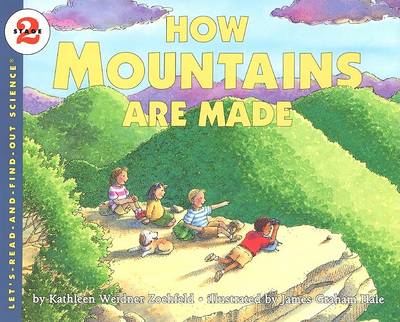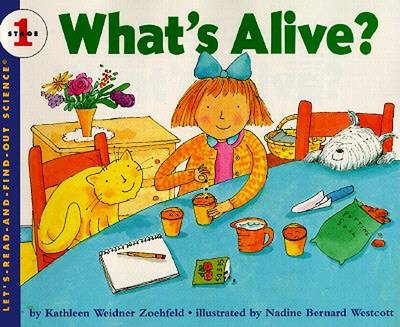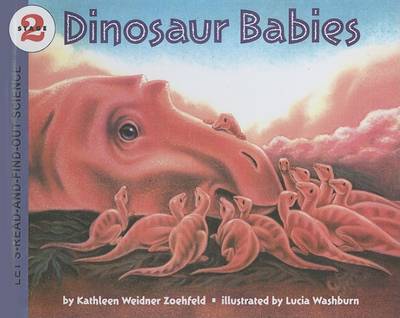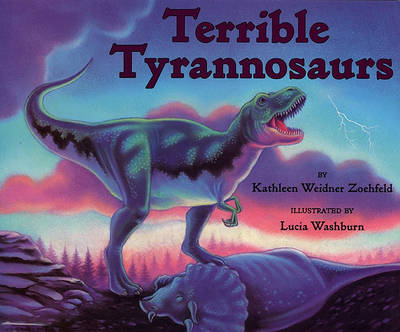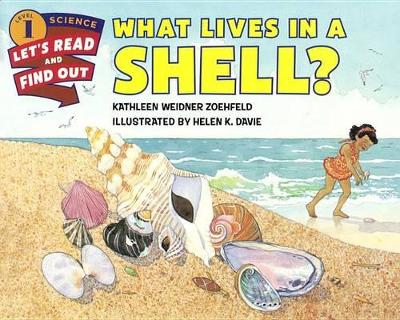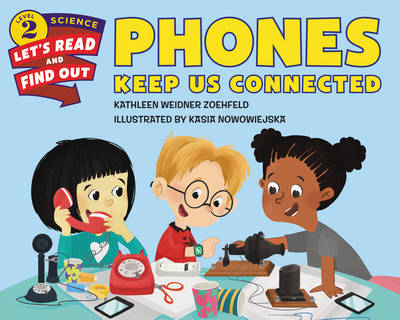Let's-read-and-find-out science
9 total works
Let's-Read-and-Find-Out About Solids, Liquids, and Gases
Can you make an ice cube disappear? Put it on a hot sidewalk. It melts into water and then vanishes! The ice cube changes from solid to liquid to gas. . . . Read on to find out more about the three states of matter.
Let's-Read-and-Find-Out is the winner of the American Association for the Advancement of Science/Subaru Science Books & Films Prize for Outstanding Science Series.
